By Eric T. Baker
Some games take a small part of WWII and try to model it very closely. Some games take the whole of the war and try to model it very broadly. Pacific Storm: Allies, for the PC from CDV, is one of that small group of games that tries to do both. To do so, it is basically three games in one. There is the very broad strategic level, the narrower tactical level, and the down-the-gun-sights arcade level. The three modes converge to let players fight out the war however they like.
At the strategic level, players can command the whole Pacific War effort of the Americans, the Japanese, or the British. They can build bases, then build the buildings and recruit the men for those bases. They direct supplies and also group units at the division, battalion, and squadron level. They can even go out of theater for units, most spectacularly in the case of allying with Germany and bringing the Bismark to the Pacific. There is lots of historical leeway at this level of the game and the diplomacy mechanics can bring in all sorts of deals and treaties between the players and the AI-controlled countries which include Russia and the Netherlands.
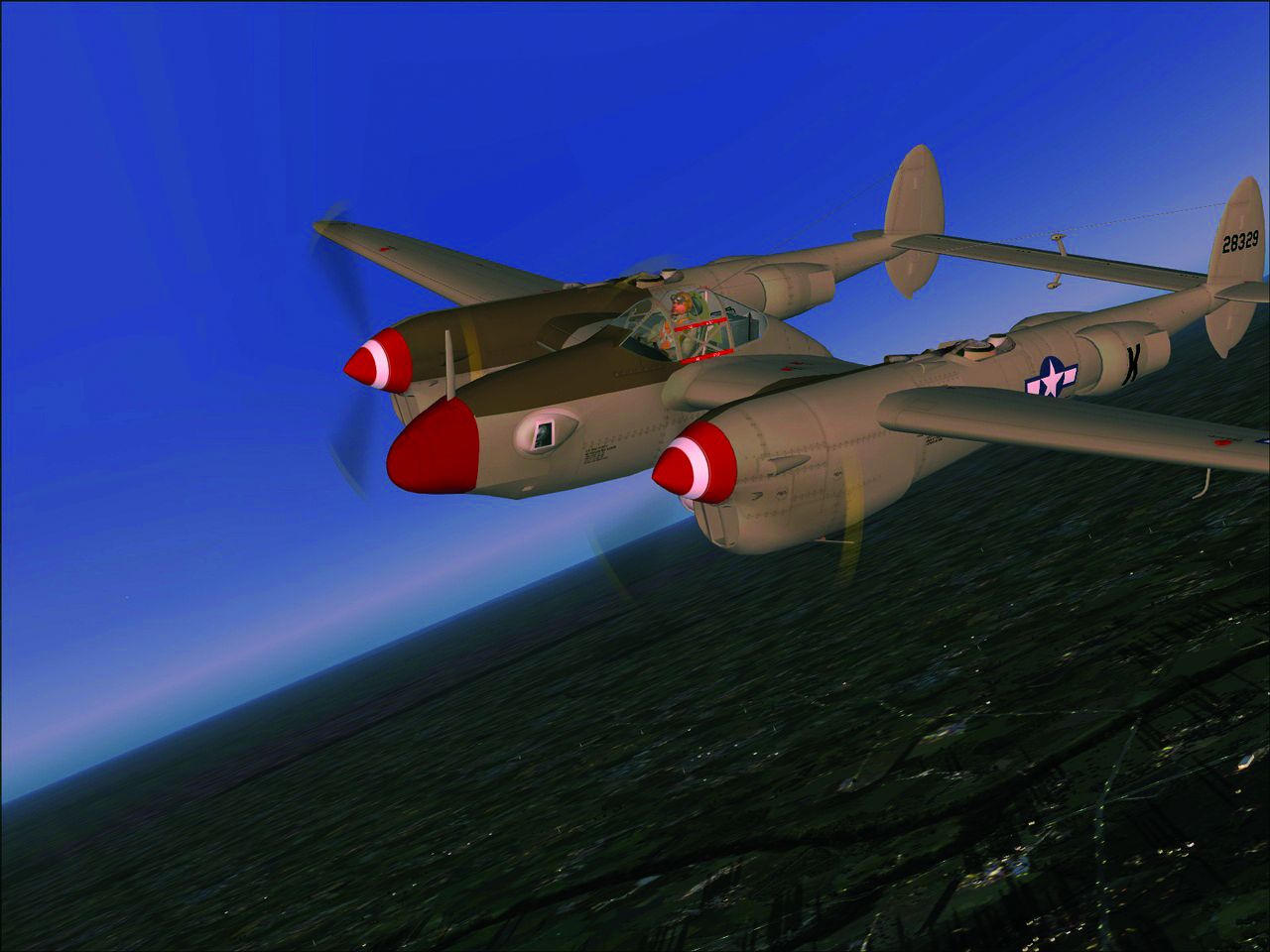
On the more tactical level, players take control of the ships, subs, and planes they have maneuvered into place on the strategic map. There are 80 aircraft models and 45 ship types to cover most of the units that actually fought the war. The controls support joysticks, so that players can have a pretty good simulation of actual fighter combat. With the keyboard they can man deck guns or fire torpedo spreads. At this level the game can also be played online with up to 8 players. This multiplayer can be either strictly dog fighting planes, or complicated combined arms engagements.
Fantasy Flight Games has made a name for itself over the past few years by combining plastic miniatures with a traditional wargame aesthetic to create games that are both innovative and enjoyable. Tide of Iron is their squad-level game set in WWII. It pits American vs. German units in a series of scenarios set in Northern Europe in 1944 and 1945. Two to four players can play, but the game is significantly longer with more than two. Unlike PS:A it is an infantry and armor game. There are no ships and planes appear only on air support cards.
The maps in ToI are modular with 12 map boards and 23 overlays that are mixed and matched to create the battleground for each scenario. The game also comes with 200 plastic figures and 40 cardboard bases for them, and it is the combining of these two elements that makes the game what it is. Players can customize their squads by mixing and matching the available infantry types on the bases so that one squad might be straight regulars while another might mix in an elite infantry figure or add an officer. In addition, bonus counters can be added to the base to give the squad antitank weapons, medical training, or a flamethrower.
With the terrain set and the squads prepared, players deploy their forces and then do battle according to the phases of the game and capabilities of the units. Squads have various options including firing for effect or suppression, moving or waiting for opportunity fire, and activating one of the players’ strategy cards. Combat is done by the attacking squads rolling dice vs. the defending squad’s defense dice. Firing for effect can eliminate figures from the squad’s bases (which can be replaced if the player has access to reinforcements) while suppression fire can change the unit’s status (which can be restored by officers).
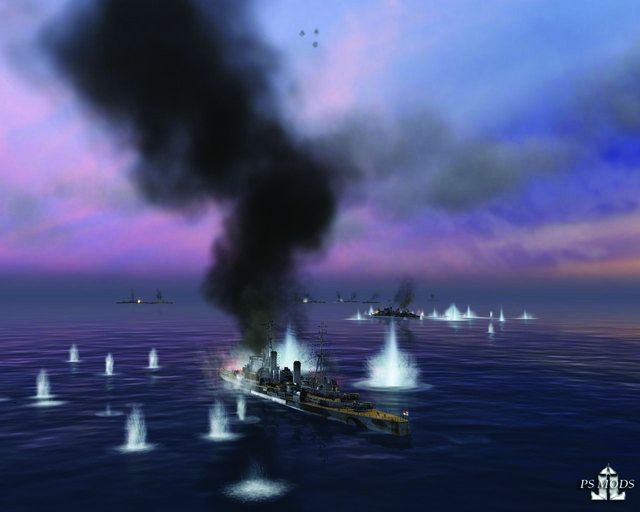
The advantage to this combination of dice, bases, and miniatures is that very complex battles can be modeled relatively simply. ToI has much of the depth of a complex simulation, but plays faster and its learning curve is less steep. The downside is that set-up takes a while as each player prepares the squads. Also, the American and German sides are more similar in play than they would be with greater detail. These trade-offs are well worth advantages, and even at its $80 price tag, ToI is terrific game.
For players who are at all interested in the simulation of WWII aircraft, having a copy of Microsoft’s Flight Simulator is a must because not only are many classic planes of the war available for it, but more are released every month. One of the latest is Aeroplane Heaven’s model of the Lockheed P-38 Lightning, probably the most identifiable aircraft of the era. Unlike some modelers, Aeroplane Heaven does not create scenarios to fly their models on. Instead they focus on completeness, making sure they cover each skin and every control for all the different versions of the plane. They also including skins for famous individual planes. For example, the P-38 pack includes “Glacier Girl,” a plane that was dug out of 260 feet of ice 60 years after it was lost on a ferry mission near the North Pole and can currently be seen for real touring with air shows.
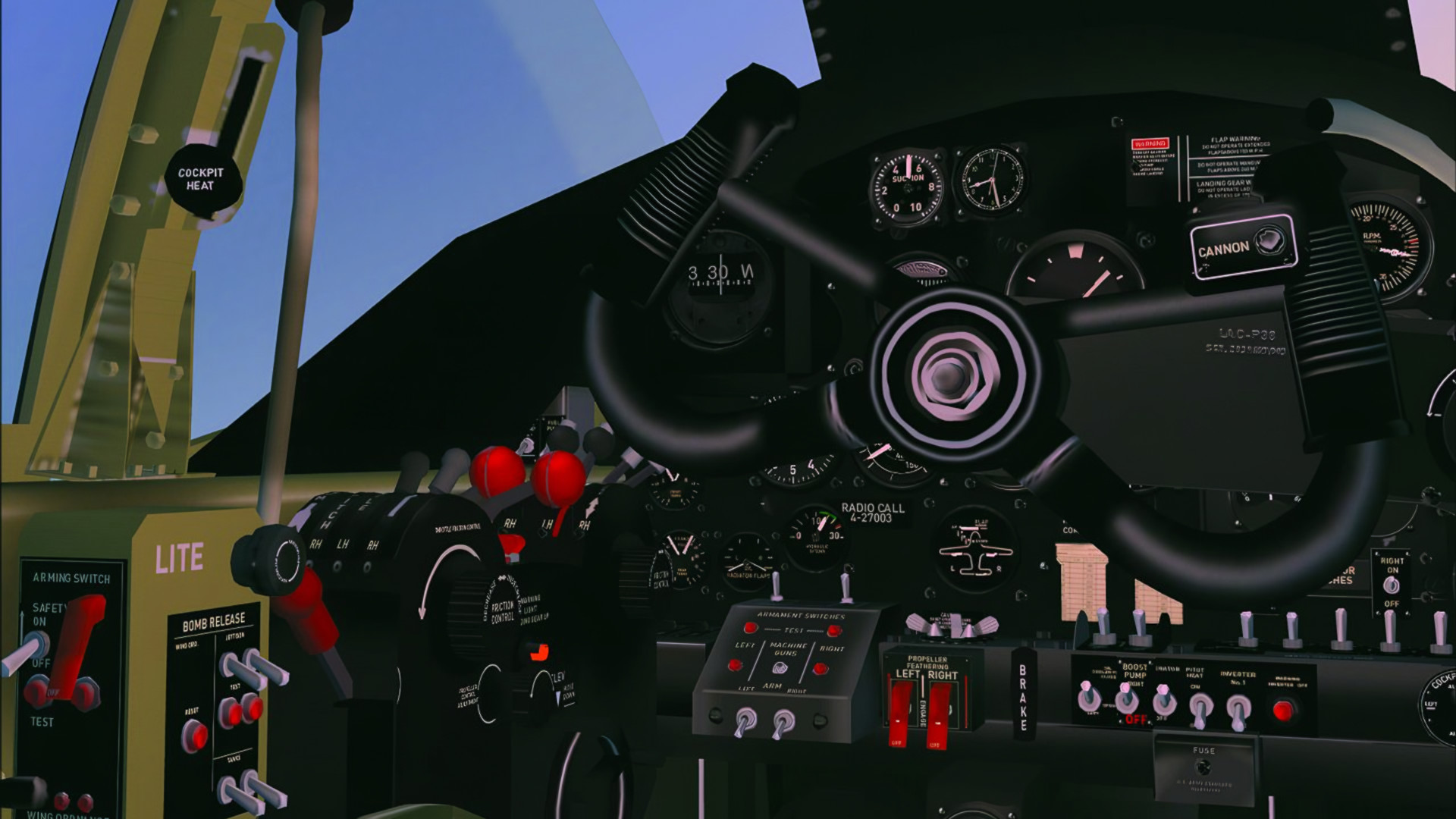
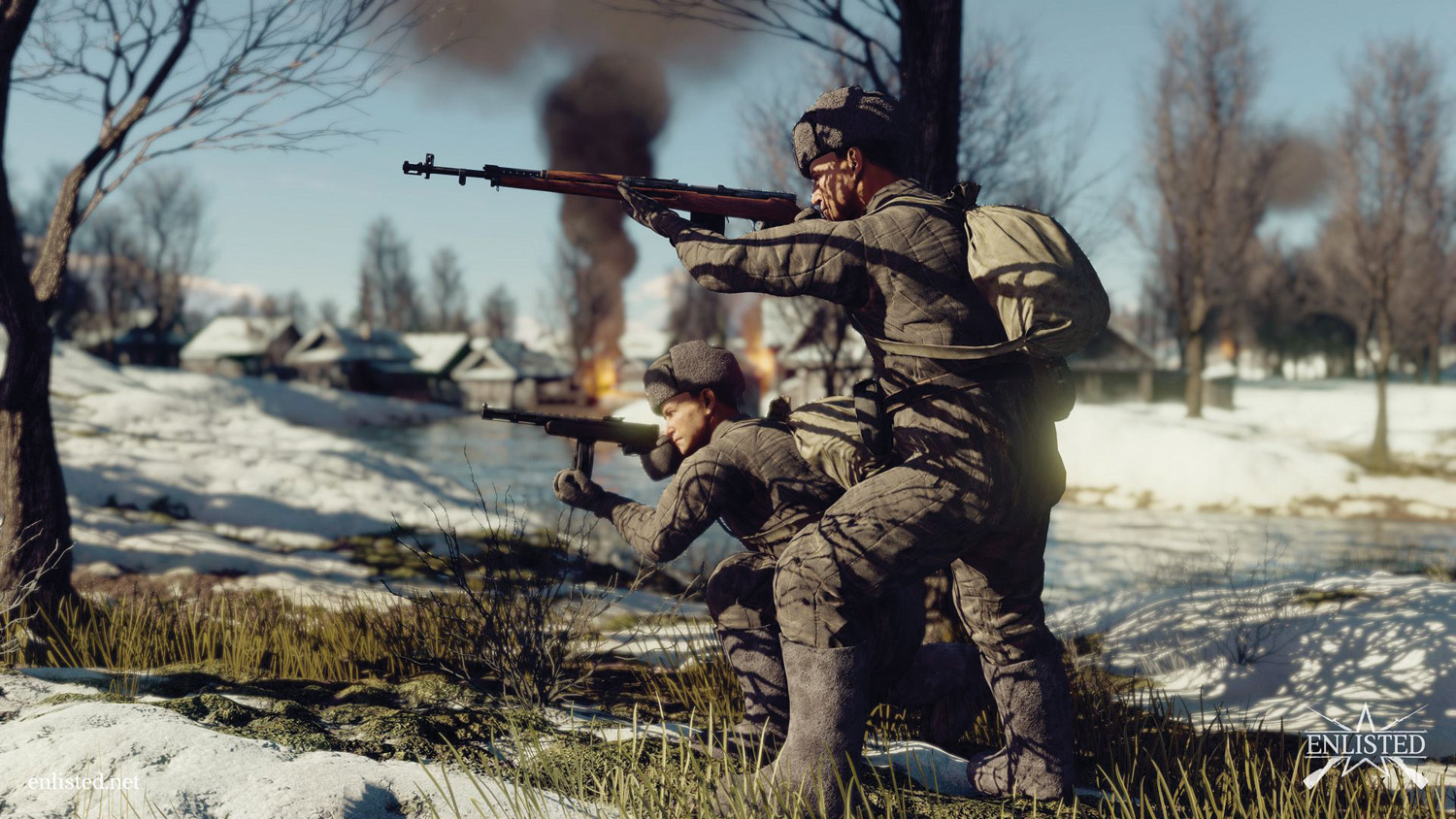
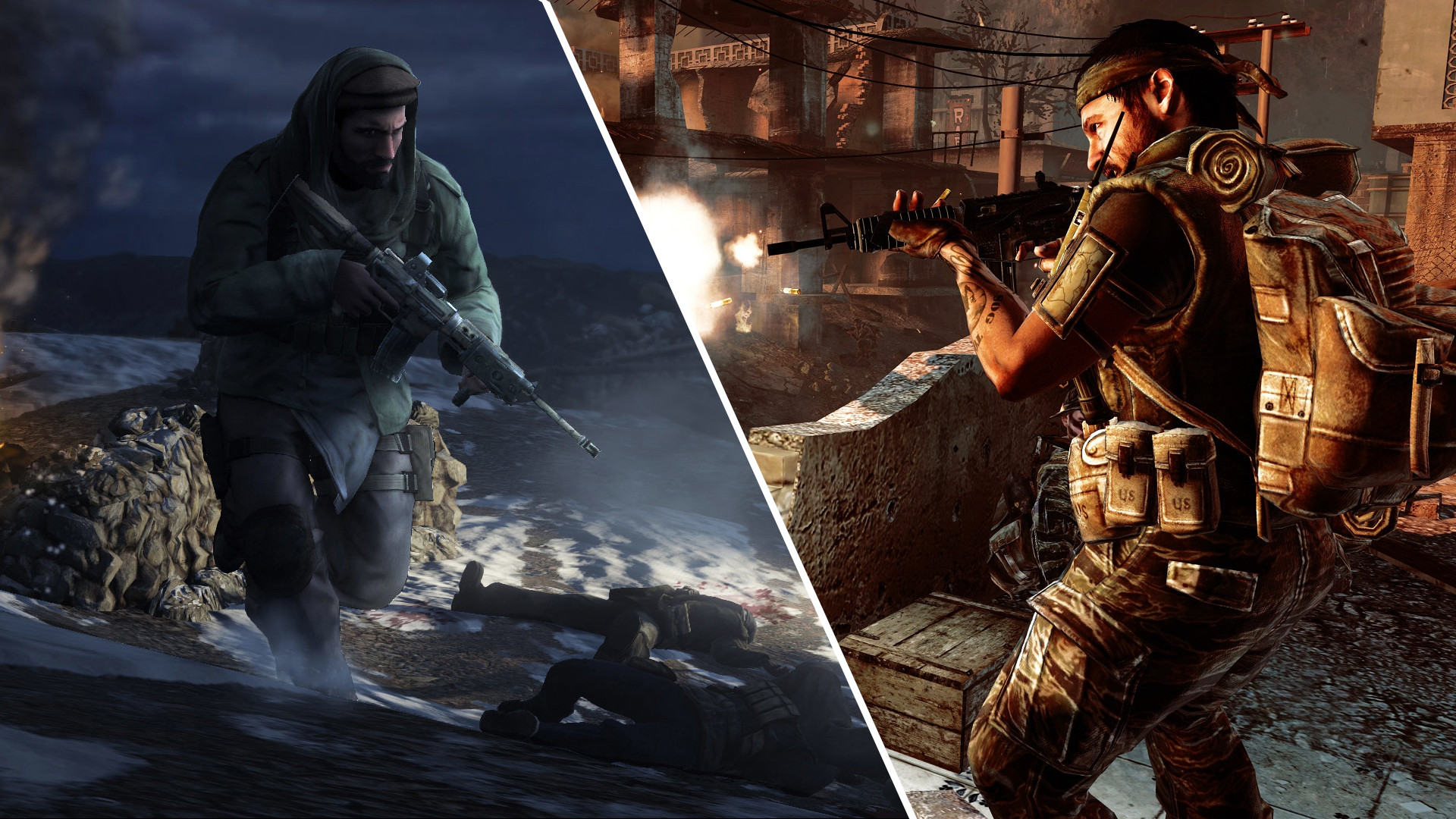
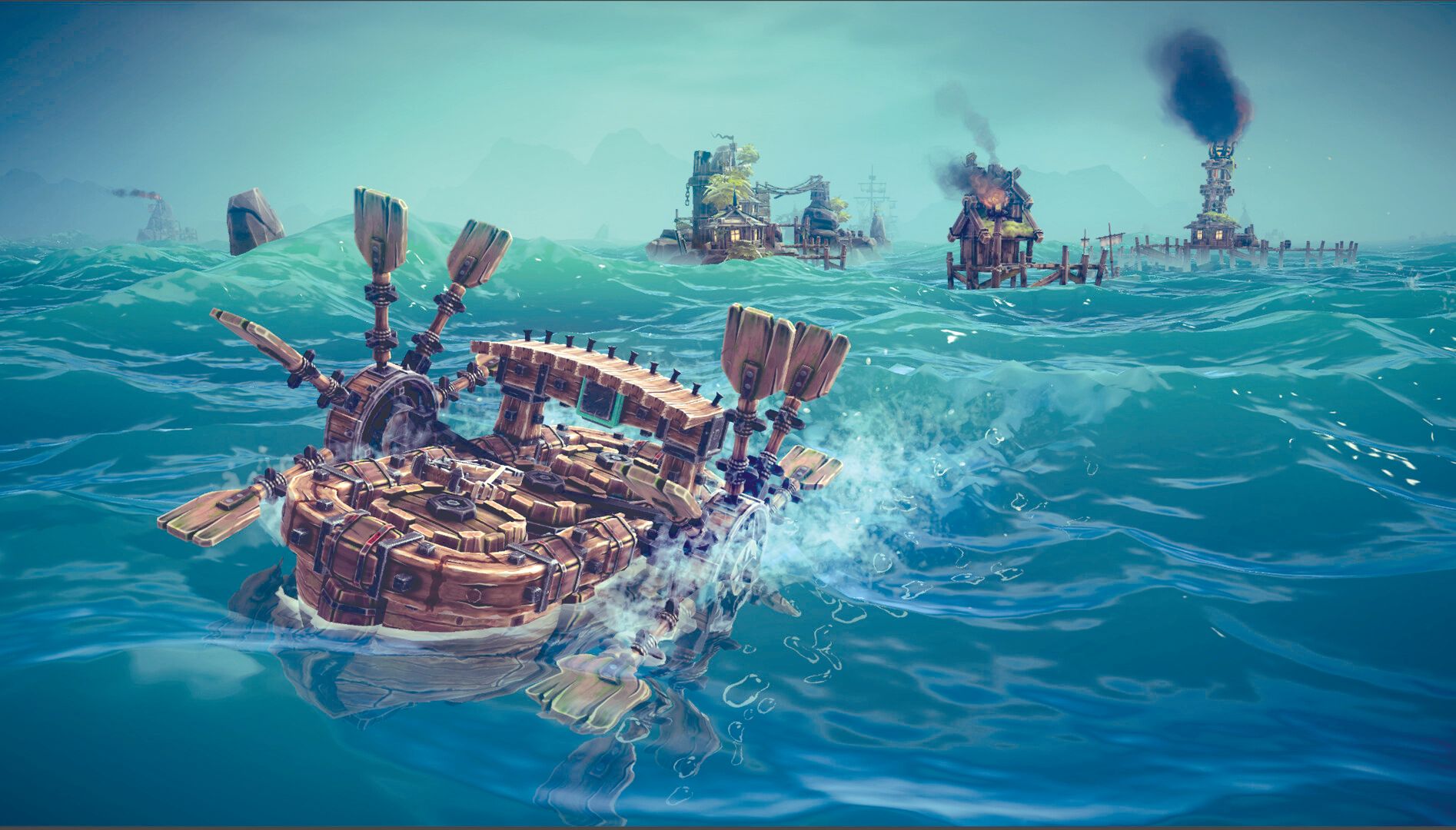
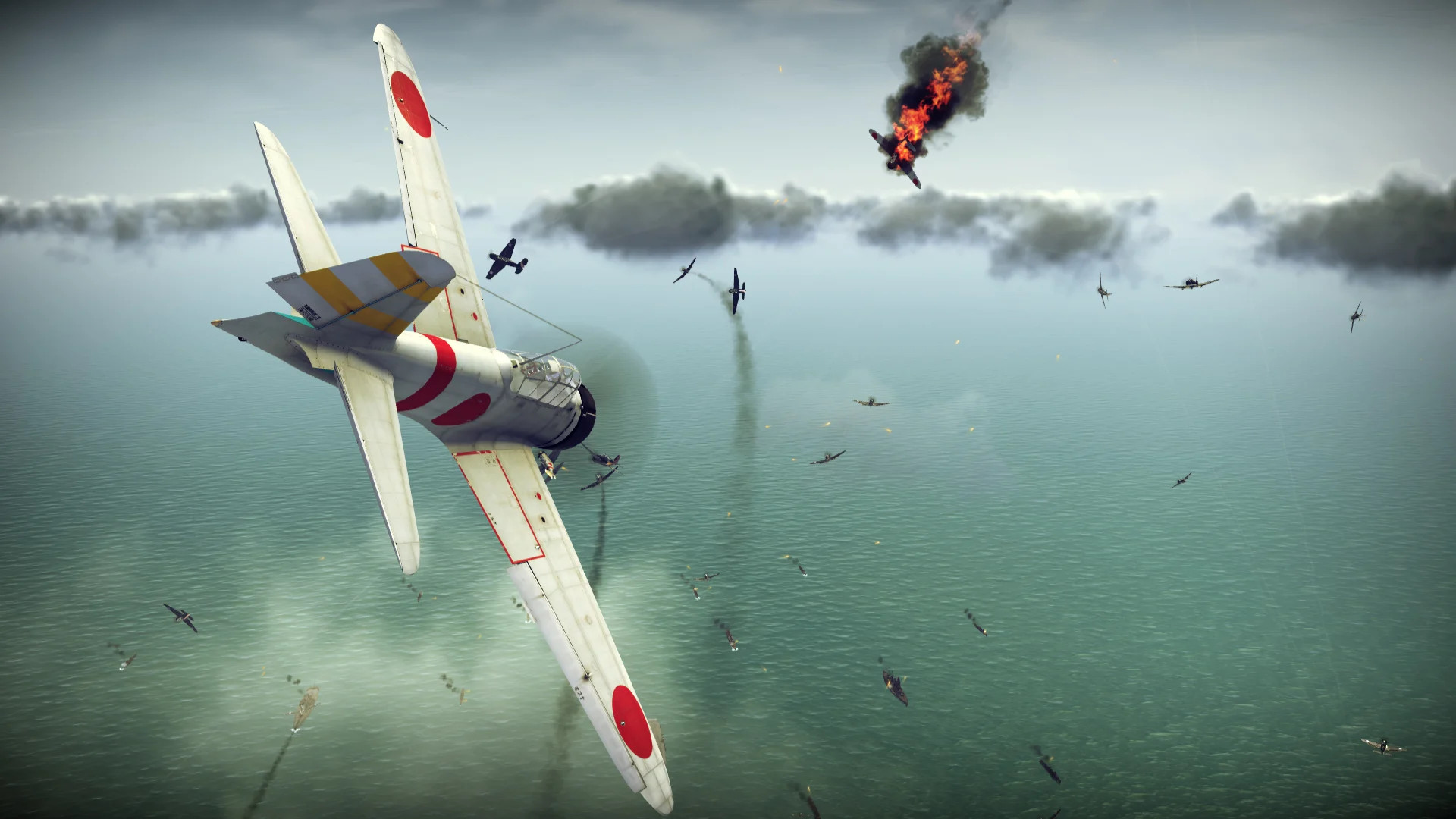

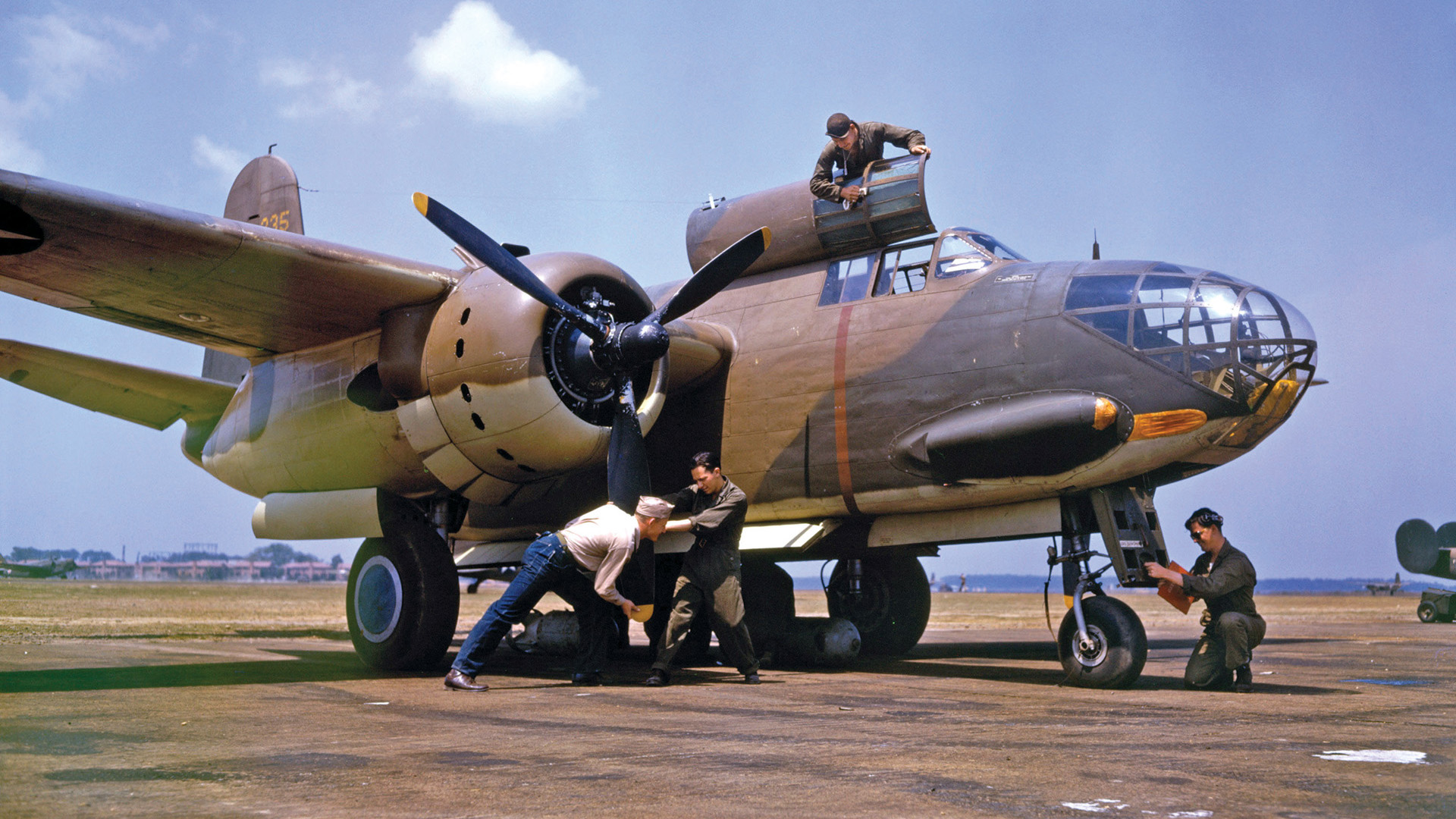
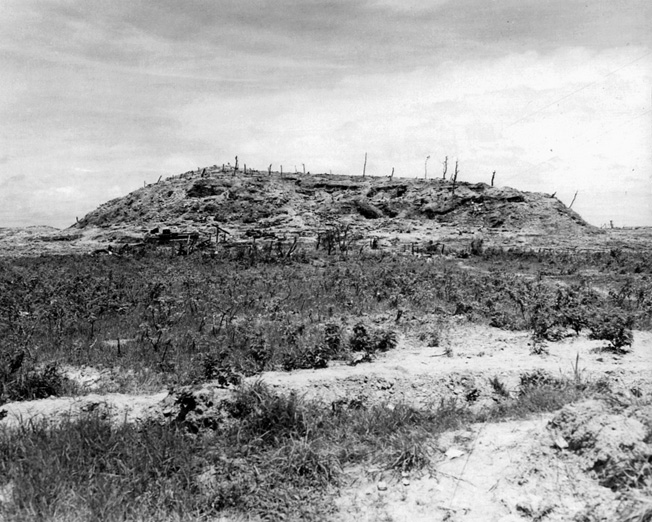
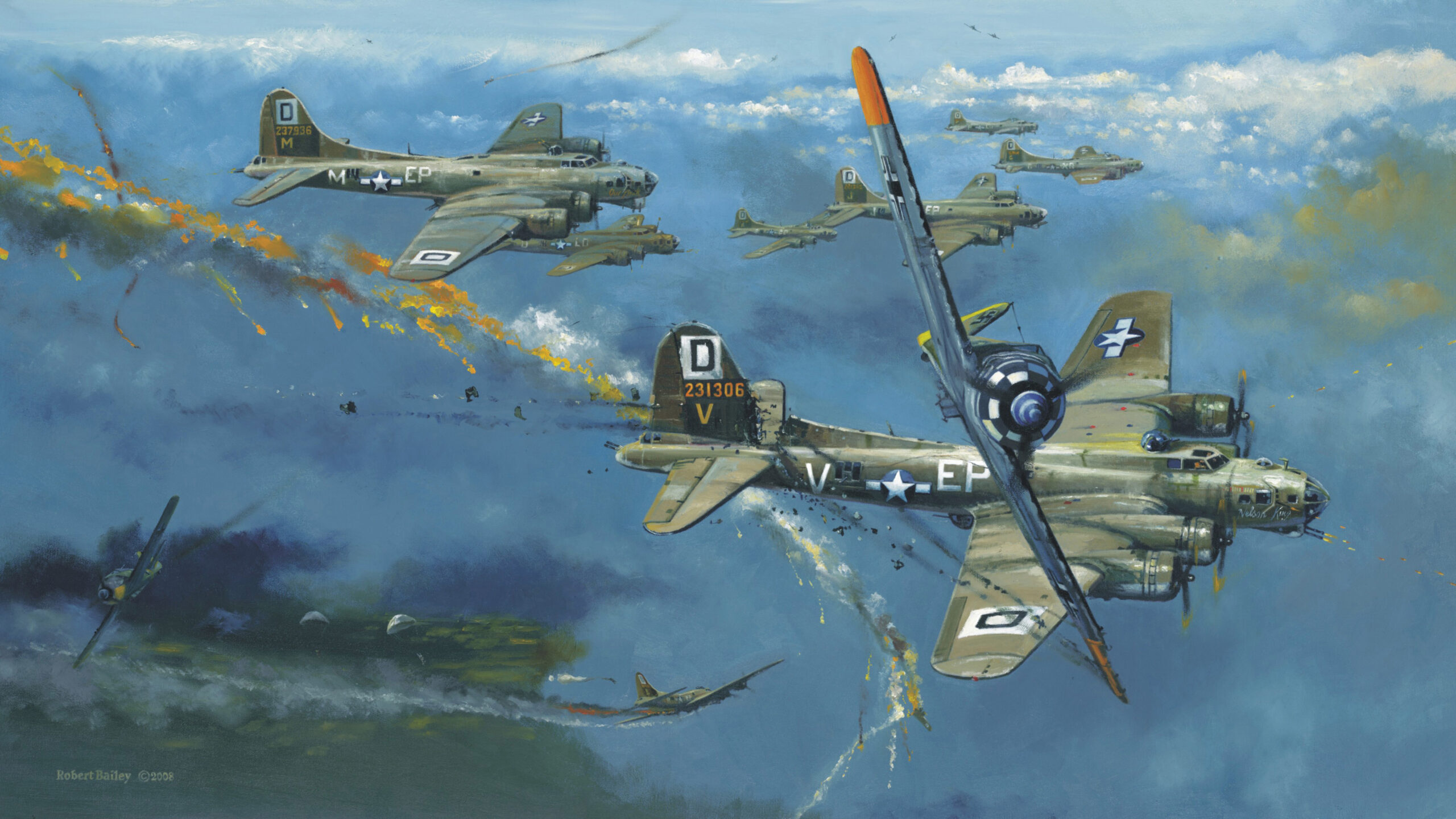
Join The Conversation
Comments
View All Comments